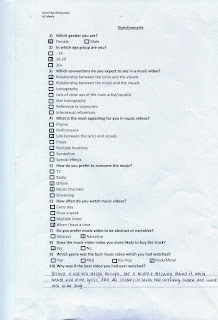Radioactive – Imagine Dragons
Whoa, oh, oh (0.00-0.06 sec)
Whoa, oh, oh (0.06-0.12 sec)
Whoa, oh, oh (0.12-0.18 sec)
Whoa (0.18-0.28 sec)
I'm waking up to ash
and dust (0.28-0.32 sec)
I wipe my brow and I
sweat my rust (0.32-0.36 sec)
I'm breathing in the
chemicals (0.36-0.39 sec)
(Inhale) (Exhale) (0.39-0.43 sec)
I'm breaking in,
shaping up, then checking out of the prison bus (0.43-0.50 sec)
This is it, the
apocalypse (0.50-0.54 sec)
Whoa (0.54-0.54 sec)
I'm waking up, I feel
it in my bones (0.54-1.00 sec)
Enough to make my
systems blow (1.00–1.03 sec)
Welcome to the new
age, to the new age (1.03-1.06 sec)
Welcome to the new
age, to the new age (1.06-1.10 sec)
Whoa, oh, oh, oh, oh,
whoa, oh, oh, oh, I'm radioactive, radioactive (1.10-1.16 sec)
Whoa, oh, oh, oh, oh,
whoa, oh, oh, oh, I'm radioactive, radioactive (1.16-1.24 sec)
I raise my flags, dye
my clothes (1.24-1.28 sec)
It's a revolution, I
suppose (1.28-1.31 sec)
We're painted red to
fit right in (1.31-1.35 sec)
Whoa (1.35-1.37 sec)
I'm breaking in,
shaping up, then checking out on the prison bus (1.38-1.46 sec)
This is it, the
apocalypse (1.46-1.49 sec)
Whoa (1.49-1.50 sec)
I'm waking up, I feel
it in my bones (1.50-1.55 sec)
Enough to make my
systems blow (1.55-1.59 sec)
Welcome to the new
age, to the new age (1.59-2.02 sec)
Welcome to the new
age, to the new age (2.02-2.06 sec)
Whoa, oh, oh, oh, oh,
whoa, oh, oh, oh, I'm radioactive, radioactive (2.06-2.13 sec)
Whoa, oh, oh, oh, oh,
whoa, oh, oh, oh, I'm radioactive, radioactive (2.13-2.20 sec)
All systems go, the
sun hasn't died (2.20-2.27 sec)
Deep in my bones,
straight from inside (2.27-2.33 sec)
I'm waking up, I feel
it in my bones (2.33-2.38 sec)
Enough to make my
systems blow (2.38-2.41 sec)
Welcome to the new
age, to the new age (2.41-2.45 sec)
Welcome to the new
age, to the new age (2.45-2.49 sec)
Whoa, oh, oh, oh, oh,
whoa, oh, oh, oh, I'm radioactive, radioactive (2.49-2.56 sec)
Whoa, oh, oh, oh, oh,
whoa, oh, oh, oh, I'm radioactive, radioactive (2.56-3.03 sec)
(3.03-3.06 sec – only music)



























